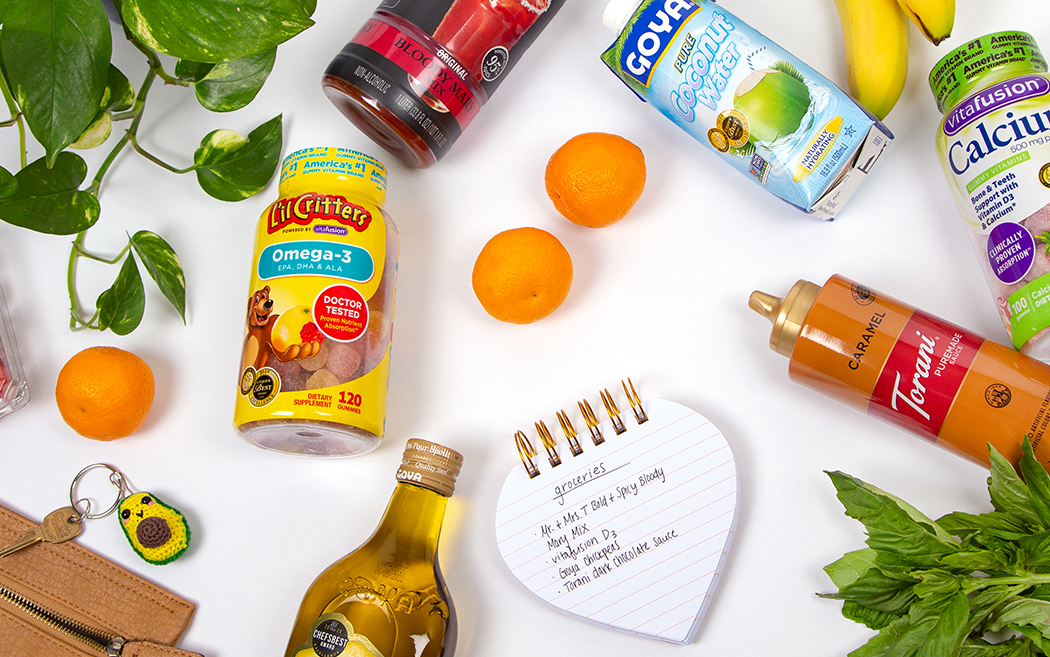What You Need to Know About ‘Better-For-You’ Products

Health & Wellness has been a trend in the food & beverage industry for many decades. It usually takes many different forms, and sort of ebbs and flows with the revolving popularity of fad-diets. In the past few years, we’ve seen a revival of health & wellness products. This time, however, these products are designed to be “healthier” options of traditional snack/staple pantry items (i.e. chips, cookies, cooking oils, etc.). Typically catering to those with specific dietary restrictions (such as keto, paleo, and/or vegetarian/vegan), the introduction of “better-for-you” food & beverage products is changing the way we think about food.
Better-for-you products have been on the rise for several years now. However, in the past year, they really hit their stride as consumers were interested in functional ingredients that would help boost their immune system and contribute to their overall wellness. [We discussed this in more detail in our blog 2021: Food Trends on the Rise.] But as these products start becoming more widely distributed, there’s a lot that needs to be done in order to keep the momentum going. Brands will need to spend quite a bit of time marketing to consumers, and educating them in order to keep the better-for-you trend from simply becoming a fad.
Educate. Educate. Educate.
Recently on our podcast Beyond the Shelf, we spoke with the co-CEO of Stryve Biltong, Jaxie Alt. Traditionally a South African product (also popular in some Latin American regions), many American consumers are not familiar with biltong – which is considered a lower sugar alternative to jerky. Stryve has since had to focus a large portion of their marketing messages to explain how their air-dried beef product differs from jerky and is also consider a healthier alternative. However, as Jaxie explained in our interview, this approach has been extremely lucrative for them. By taking the time to share key information about a product most shoppers may be unfamiliar with, Stryve allowed their customers to feel confidant in the product they are offering and has since seen huge increases in sales year after year.
The better-for-you movement is largely categorized by new and innovative functional ingredients or modes of production. Thus, it’s natural that many shoppers may be wary about purchasing products with ingredients that they are unfamiliar with. This is where education plays a huge role. By taking the time to really communicate with your core customers about what exactly your product is and why they should buy it, you can start to really build a relationship and open line of communication with a wider audience.
Why Does it Matter?
To put it simply: it’s a growing market. In the past “health food” was mostly sold at specialty grocery stores that targeted a specific type of customer. Now, better-for-you products have penetrated the mainstream. They are offered at most national grocery chains. They have slowly been introduced to convenience stores. And they are no longer merchandised in specialty departments. You can walk down nearly every aisle in a grocery store and find a variety of products that appeal to many different types of shoppers.
The options and benefits of better-for-you products touch on almost all the key points that modern shoppers are interested in. It speaks to a larger and overarching focus on health & wellness that will most likely continue to grow (and change) in the coming years.
To stay up-to-date with trends and news in the food & beverage industry please follow us on social media: Facebook, Twitter, Instagram, and LinkedIn – and check out more of our blogs.
